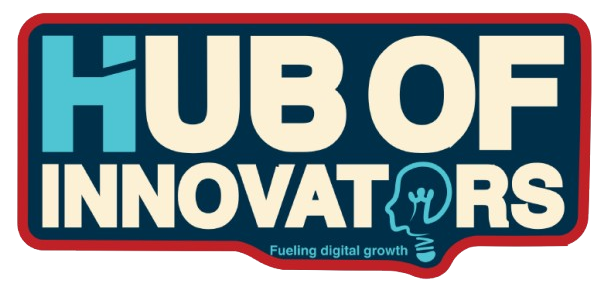AI video tools are changing the way people produce video content. What once required cameras, lighting, actors, and editing software can now be achieved by simply describing a scene in words. These tools are making high-quality video creation accessible to marketers, educators, small businesses, and individual creators alike.
In 2025, the market is flooded with options, but a few platforms stand out. Each brings something different to the table, from cinematic visuals to business-ready avatars. Here’s a deeper look at the most popular AI video tools this year and what makes each one worth your time.
1. Google Veo and Flow
Google Veo and Flow offer one of the most advanced combinations of video and sound generation on the market. With Veo 3, Google’s latest model, you can generate visually realistic video scenes along with synchronized sound. That includes natural ambient noise, character speech, and subtle audio cues like footsteps or rustling leaves — all aligned to what’s happening on screen.
Flow serves as the interface for this technology. It allows users to compose scenes, adjust tone, select cinematic styles, and preview results quickly. What’s impressive about Veo is not just how realistic it looks, but how aware it is of cinematic language. It understands camera angles, lighting moods, movement, and even how dialogue might sound in a particular emotional context. This makes it ideal for creators looking to tell stories with depth and realism, without a film crew.
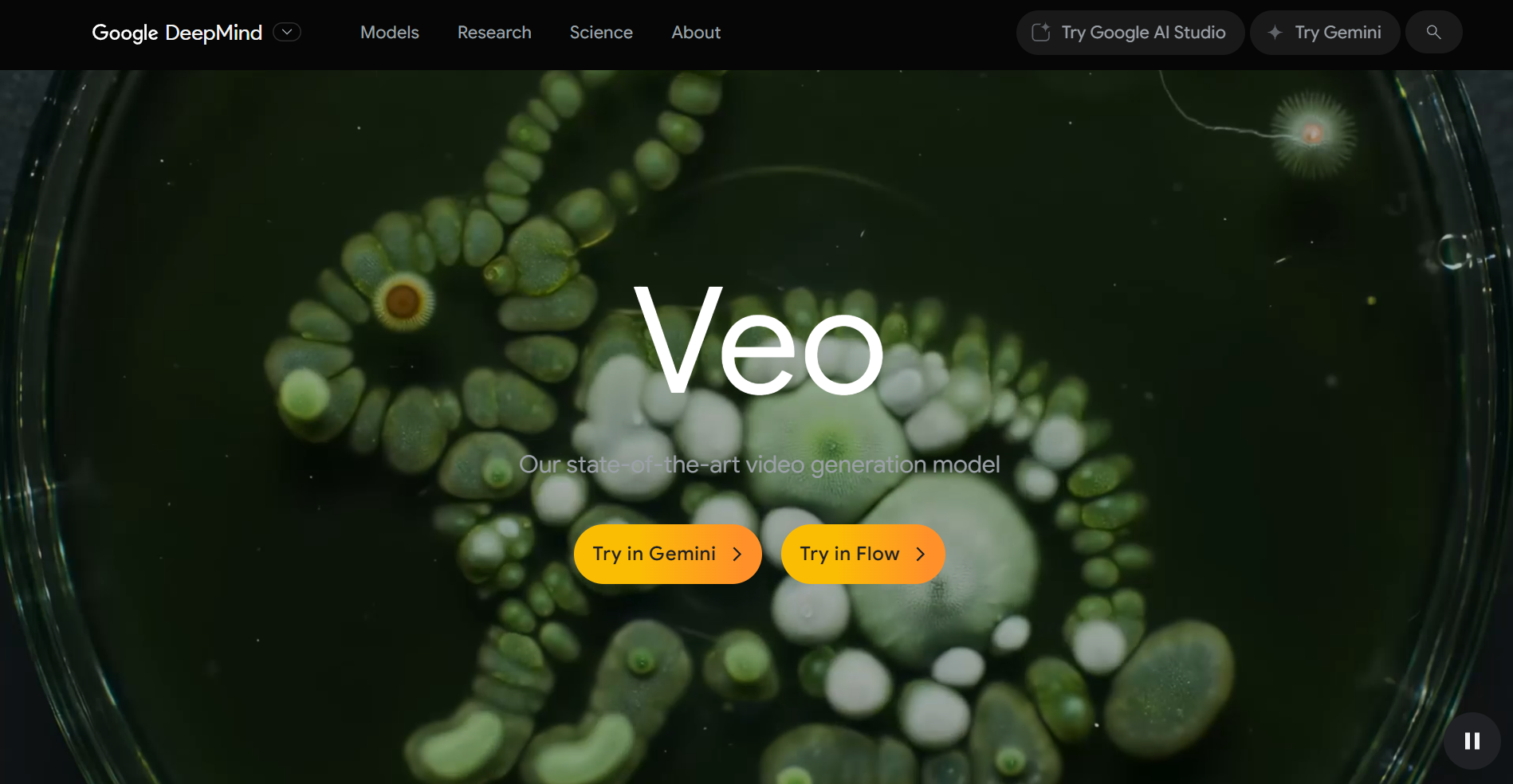
2. Hailuo 02
Hailuo 02, developed by Chinese company MiniMax, gained popularity for its incredible motion realism and dynamic camera effects. It specializes in short, high-energy clips — usually 5 to 10 seconds long — but the quality of movement is what sets it apart.
For texture, water physics, body movement, and lighting all react as they would in real life. Viral clips of diving cats and animated action scenes brought it into the public eye, but Hailuo 02 is more than a trend. It’s become a useful tool for creators who want to add vivid, fluid movement to social content, music visuals, or stylized short clips.
It currently lacks audio generation, but the developers have promised updates that will include sound, better prompt controls, and longer durations. For now, it remains one of the best options for highly animated, visually exciting content.
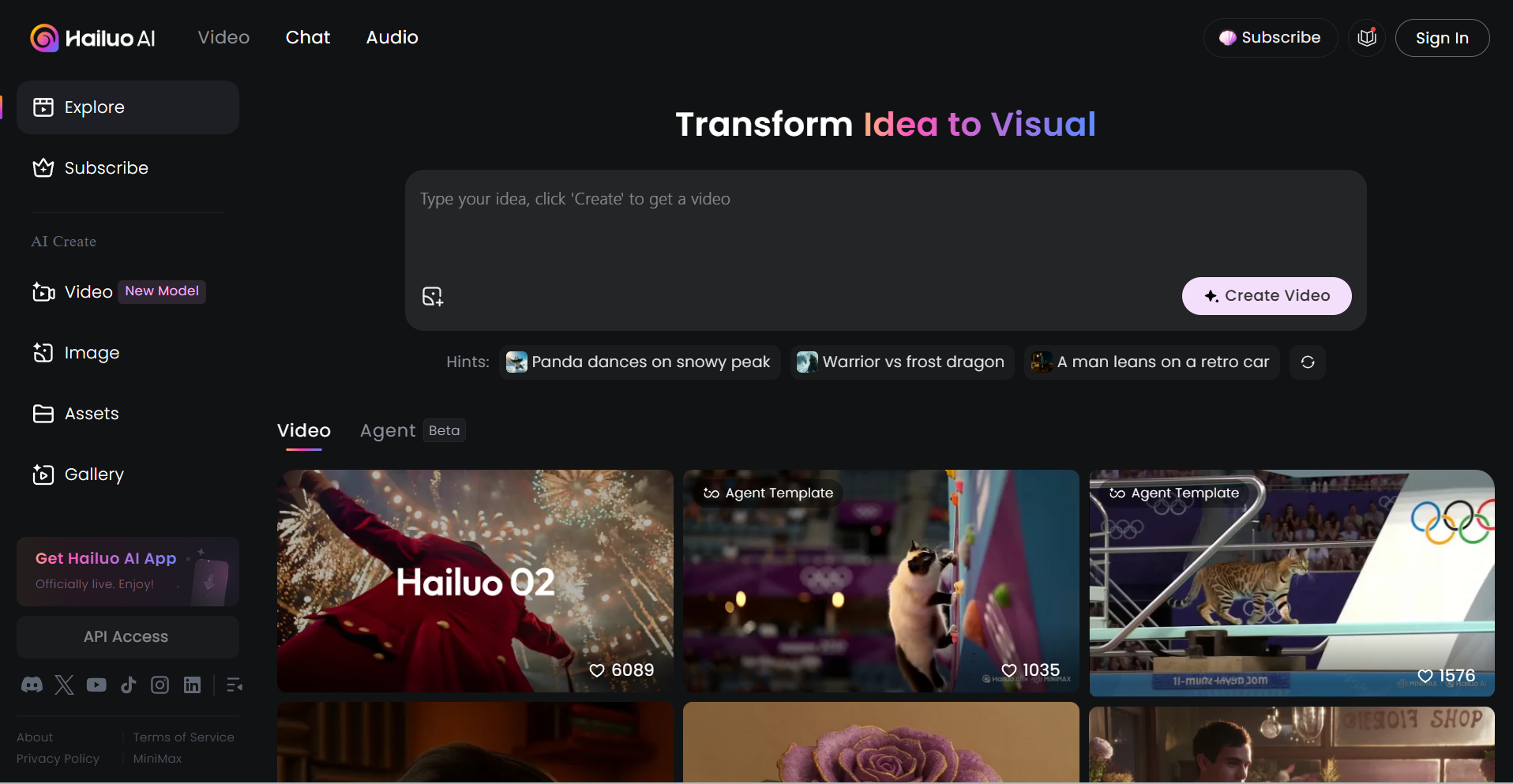
3. OpenAI Sora
OpenAI Sora is built directly into ChatGPT Plus and Pro plans, which makes it one of the most accessible AI video tools for users who are already familiar with OpenAI’s ecosystem. It allows you to generate short clips or extend existing video sequences by simply describing what you want to happen.
Sora is especially good at capturing everyday life scenarios, fantasy sequences, or abstract concepts. You can ask it to show “a sunset on Mars” or “a child playing in a futuristic city” and get believable results with smooth transitions and mood-appropriate visuals. While it still faces challenges in physics and hand/foot realism, OpenAI continues to refine the model rapidly.
What makes Sora valuable is its ease of use. Since it works within the same window as ChatGPT, it encourages experimentation and creativity with no need to learn new software.
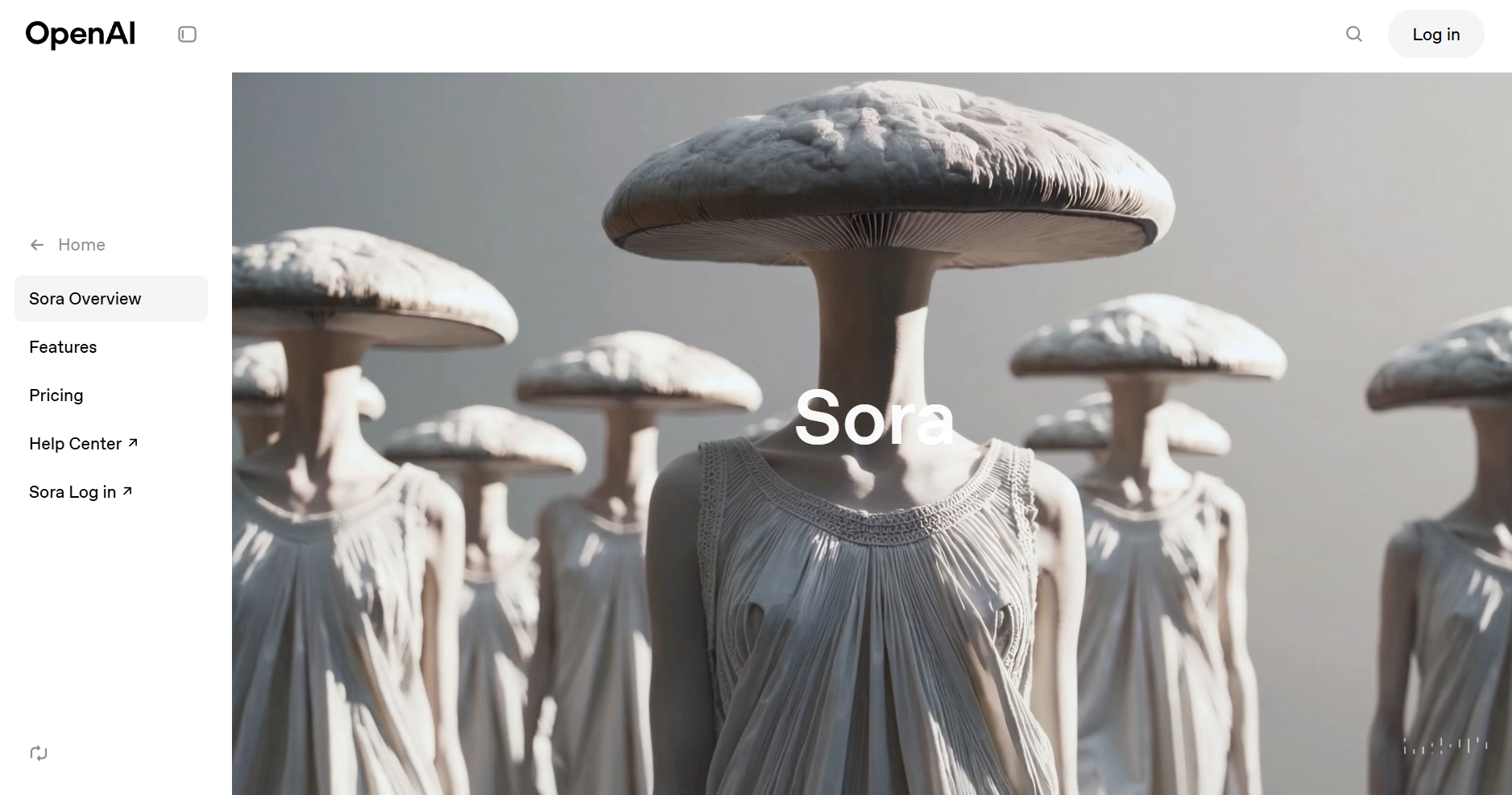
4. Runway Gen-4
Runway Gen-4 is the tool of choice for creators who need consistency, reliability, and control across multi-shot video projects. Unlike tools that focus only on isolated clips, Gen-4 supports cohesive scenes with recurring characters, realistic lighting, and logical transitions.
Filmmakers, designers, and agencies use Runway to prototype ideas, animate storyboards, and produce social or branded content with more narrative structure. It comes with a built-in timeline editor, frame-by-frame customization, and the ability to fine-tune motion, color, and detail. The platform’s UI feels familiar to anyone who has used traditional video editing tools, making the learning curve minimal.
Gen-4’s strength lies in its ability to manage continuity — so if you need a character to appear in multiple scenes wearing the same clothes, or keep the same background environment across different shots, Runway makes that possible.
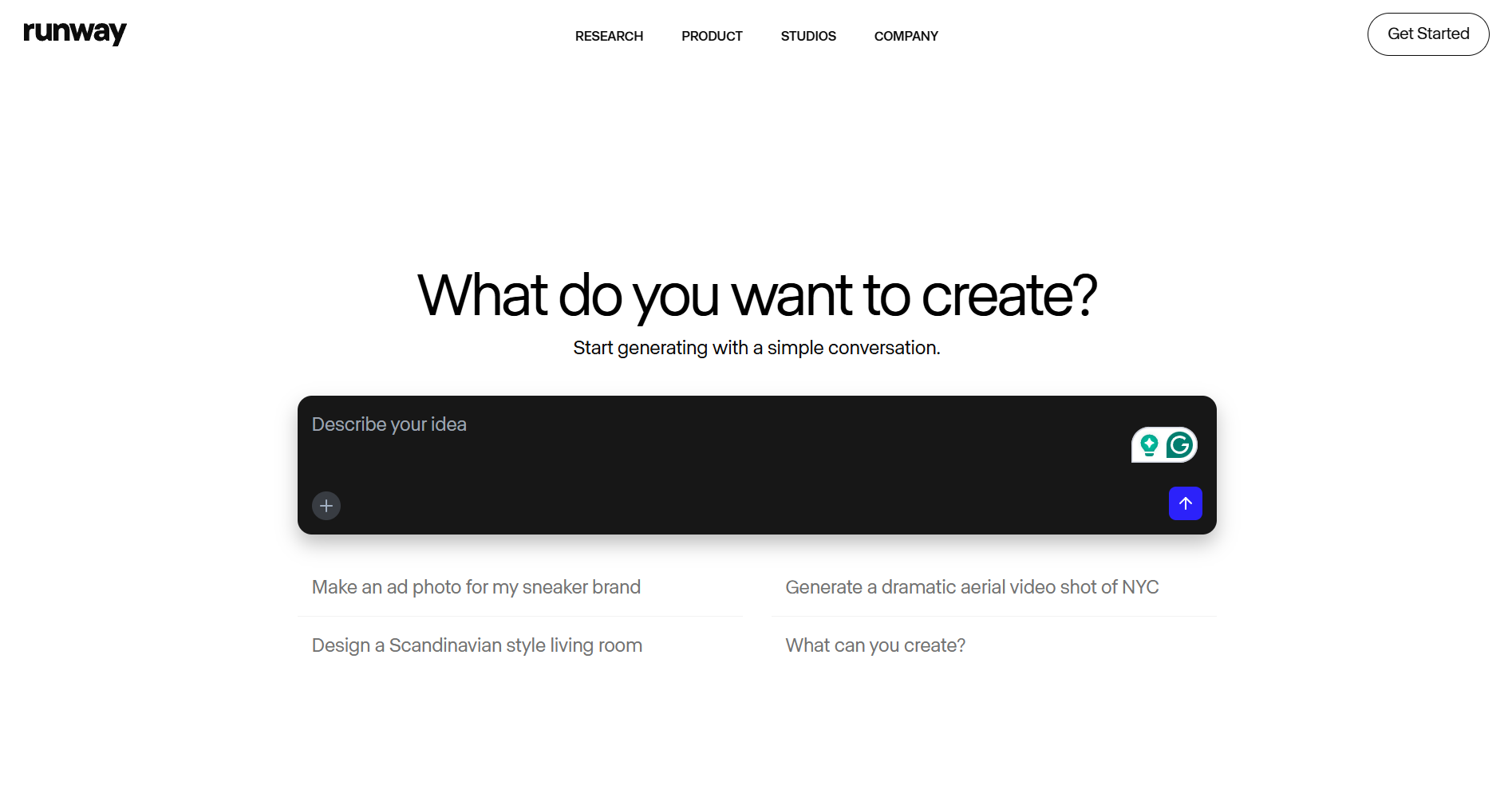
5. Dream Machine by Luma
Dream Machine focuses on speed and ease. Created by Luma Labs, this tool is ideal for those who want to create eye-catching content quickly, without digging through layers of features. It produces five-second videos in high resolution with smooth movement and consistent quality.
Users are drawn to Dream Machine because of its generous free tier, which includes 10 clips per day. This makes it ideal for students, small creators, or marketing teams experimenting with ideas before committing to paid plans.
Though it doesn’t currently support audio or advanced scene control, it is fast and reliable. Luma continues to add new features, including better prompt accuracy, support for animated objects, and potentially longer clip generation. For now, it remains one of the best tools for quick content generation with minimal effort.
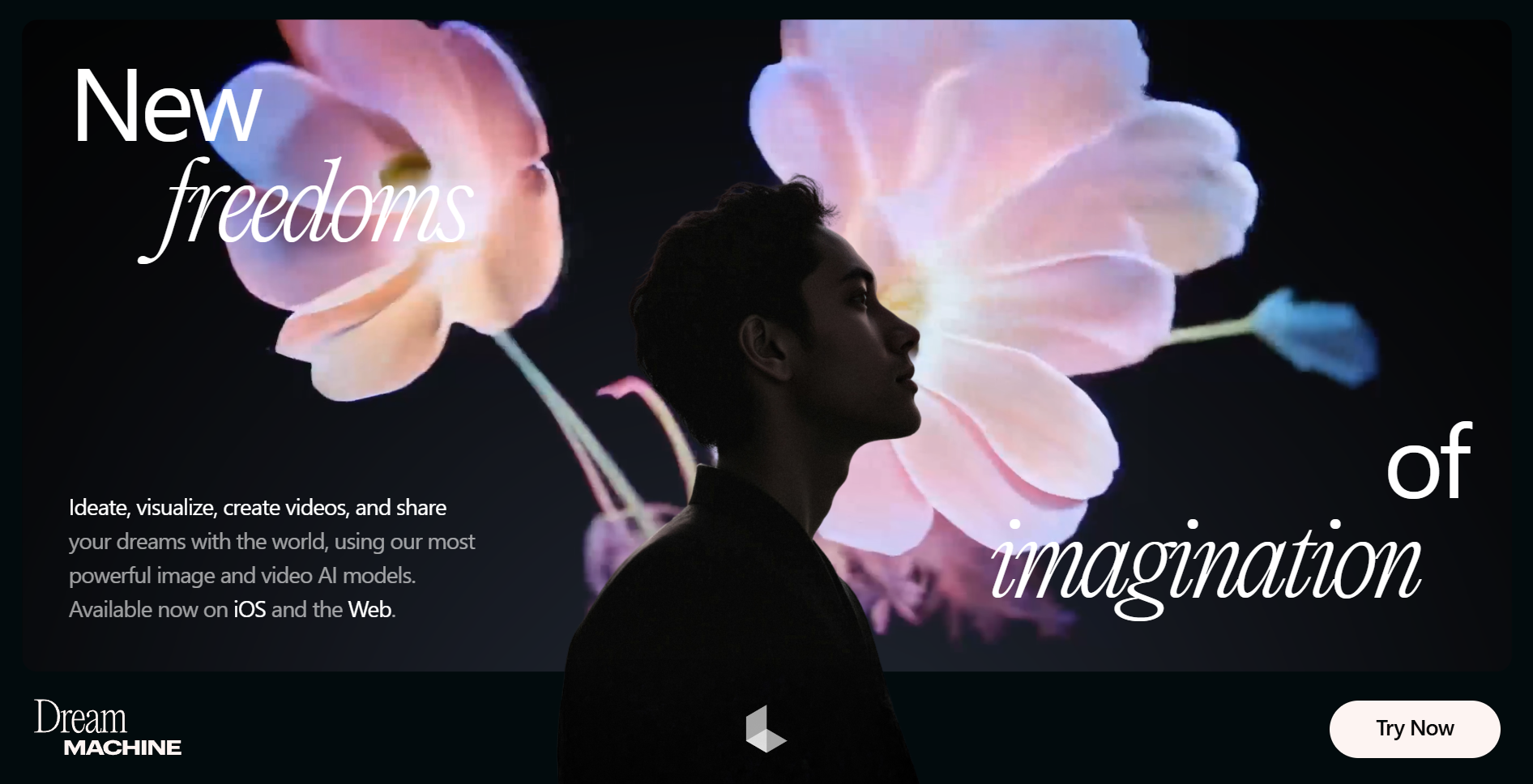
6. Colossyan
Colossyan is designed for corporate use. It allows businesses to turn plain text scripts into professional training videos, onboarding walkthroughs, and internal updates — all featuring AI-generated presenters.
The platform supports over 70 languages and includes interactive elements like clickable quizzes, branching scenarios, and subtitles. It’s widely used by global organizations like Vodafone, Novartis, and BMW to scale training and communication in multiple markets without having to hire actors or book studio time.
Colossyan stands out for its business-readiness. The avatars speak clearly and naturally, the editing interface is drag-and-drop, and updates can be made in seconds. It’s particularly valuable for HR, L&D, and operations teams who need to keep content up to date across multiple departments and regions.
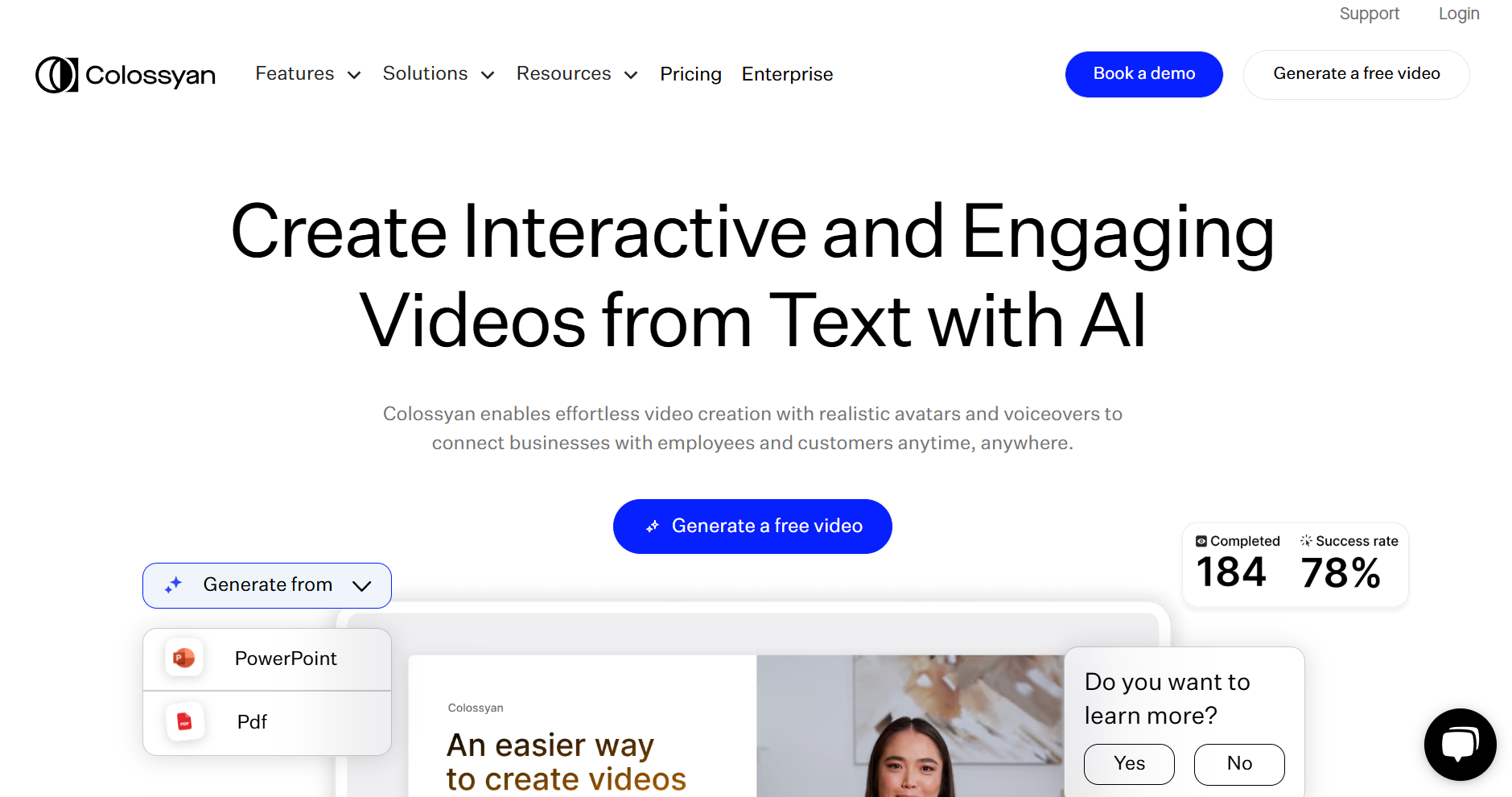
7. Synthesia
Synthesia remains one of the most trusted names in AI presenter video generation. It gives you access to a wide library of avatars, accents, languages, and styles. You write the script, choose an avatar, and within minutes, you have a clean, on-brand video suitable for training, product demos, or internal announcements.
Synthesia is often used by companies for customer support videos, tutorials, and compliance training. One standout feature is the ability to clone your voice or even create a custom avatar for a more branded presence. The output is polished, with good lip-sync accuracy and a simple interface for team collaboration.
It also includes translation tools and templates, which make it a go-to for international organizations that need to produce localized content at scale.
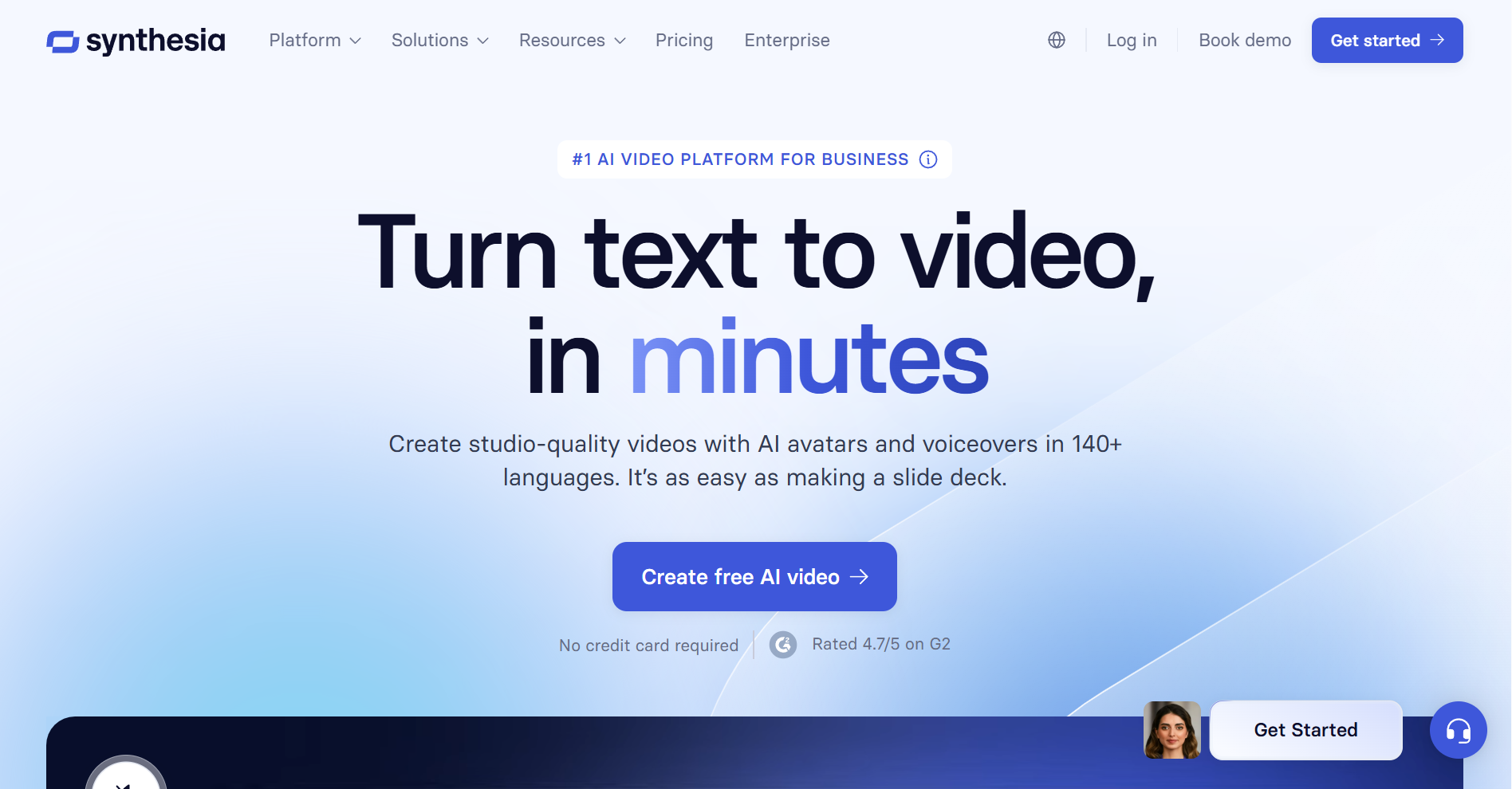
Conclusion
Each of these AI video tools offers something valuable, but the right choice depends on your goals. If you want cinematic quality with audio, Google Veo is leading the field. For rapid motion visuals, Hailuo 02 shines. If you prefer a streamlined, text-to-video experience directly within ChatGPT, OpenAI’s Sora is easy to start with.
Runway Gen-4 is best for longer-form storytelling, while Dream Machine is great for quick, high-quality snippets. For business communication, Colossyan and Synthesia are powerful, reliable, and built for scale. As AI video continues to evolve, these tools are helping to redefine what’s possible in content creation — no crew, no cameras, just ideas and execution.
If you finished the article, here is another AI tools article: Top 8 AI Tools That Can Help You Create Better Content

